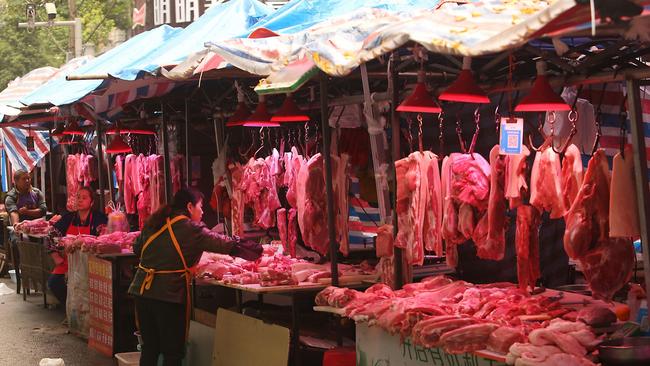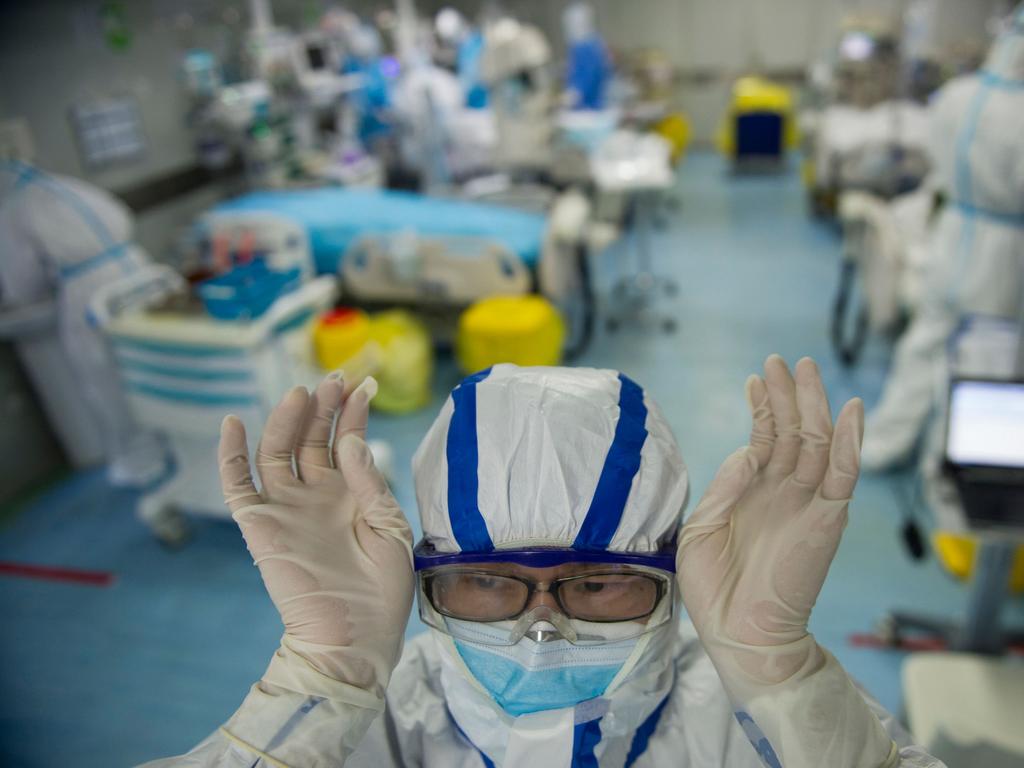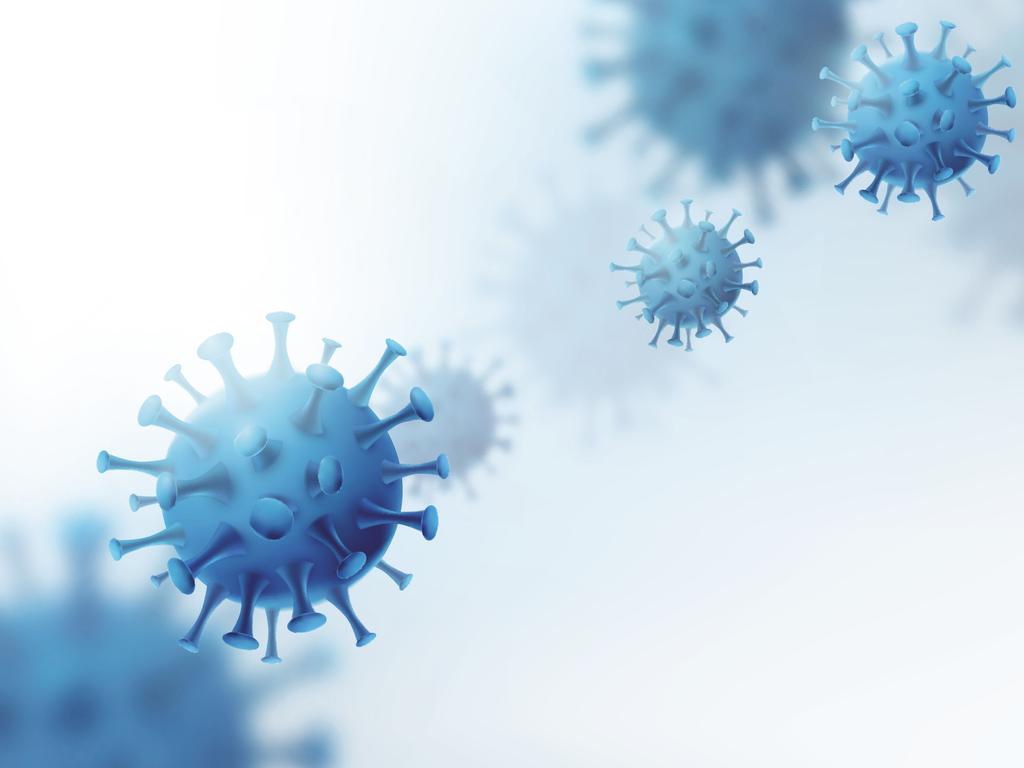China Remains the World’s Pandemic Risk

In fact, Covid’s emergence remains so shrouded in mystery that we can’t know what lessons it teaches until we know the mechanism. But how Covid first infected a human being is probably the single most important question for preventing future pandemics given the difficulty of stopping a new respiratory virus once it’s spreading.
Nor is the question merely binary. If a natural occurrence, did the transmission to a human take place in a Wuhan wet market or somewhere else? Was it brought to the market by an infected human handler or an infected animal? How many species did it pass through? How long had it been circulating among humans? Why did it suddenly explode in Wuhan? Did it undergo changes in a human host before sparking a global epidemic?
We don’t know and won’t without access to early human and animal samples that the Chinese have refused to share.

The lab-leak alternative also embraces a world of permutations. Was the virus fetched out of a cave unwittingly by a researcher, who transmitted it to others? Was it deliberately collected and then escaped? What experiments was it subjected to? Was it modified?
Under some plausible scenarios, whether the original infectee was a bat researcher or a farmer in his field who was peed on by a bat is a distinction almost without a difference. Under others, the world was put at risk by the calculated actions of scientists.
To be of any use, the lessons will have to be a lot more specific than “Don’t traffic in wild animals for any purpose,” or “Don’t go into a bat cave,” or “Don’t handle or experiment with dangerous viruses in a lab.”

To say the origin question is of debatable or secondary interest, as some now do, smacks of the original impulse to suppress the lab leak debate for partisan or ideological reasons.
In the real world, where I hope Covid scholars are finally deciding to live, we are extraordinarily well supplied with lessons – up to our ears in them – about how to respond once human-to-human contagion has occurred and such a virus is loose in the world. By “such a virus,” it’s crucial to specify because many refuse to learn the lesson, we mean a virus whose effects are sufficiently mild for most humans that it’s not economically and politically realistic to halt its spread and extinguish its existence.
The chances are slight to vanishing that an easily transmitted respiratory virus can be contained once human-to-human spread has been detected. Almost the only hope lies in preventing its emergence in the first place. We have ample lessons of what to do, and what not to do, when a Covid-type pandemic is happening. The big payoff will come from the pandemics that never happen because we denied them the opportunity.
Moreover, for reasons that were well-understood before anyone heard of Covid-19, Asia has historically been a key player in the emergence of new respiratory infections. Even the conventional story of the catastrophic 1918 pandemic has been upended in recent years by historians suggesting, based on multiple lines of evidence, that the “Spanish flu” originated in China.
The next pandemic also has a large probability of coming from China or via China from its near southern neighbours. That’s why nailing down Covid’s exact history matters. This column identified early and often the incoming Biden administration’s rational incentive for wishing the question away, the better to coax a locked-down and paranoid Beijing regime back into dialogue with the US over economic and national-security issues. A truly successful China policy, however, will be one that elicits Beijing’s cooperation in getting to the bottom, for the good of all humanity, of how Covid-19 began.

A slight hope emerges with the demotion of Zhao Lijian as China’s deputy Foreign Ministry spokesman. Mr Zhao was the apparent author and chief promoter of China’s alternative theory, positing that the virus was brought to Wuhan by US military personnel attending the World Military Games in November 2019. Mr Zhao’s pet theory, which continues to be tweeted by Chinese diplomats, has an unfortunate feature in common with the lab-leak theory: Both depend on early human or animal infections or transitional versions of the virus not being found in China. Identifying early manifestations of the virus, however, is exactly how we find out when and how Covid first infected humans.
The Wall Street Journal







Oh, good grief, whether Covid-19 emerged naturally or from a laboratory leak is not “beside the point” as even some scientists now argue. This comes as another US intelligence agency – connected with the national labs run by the Energy Department – has joined the FBI in judging a lab leak to be the most likely source of the outbreak.